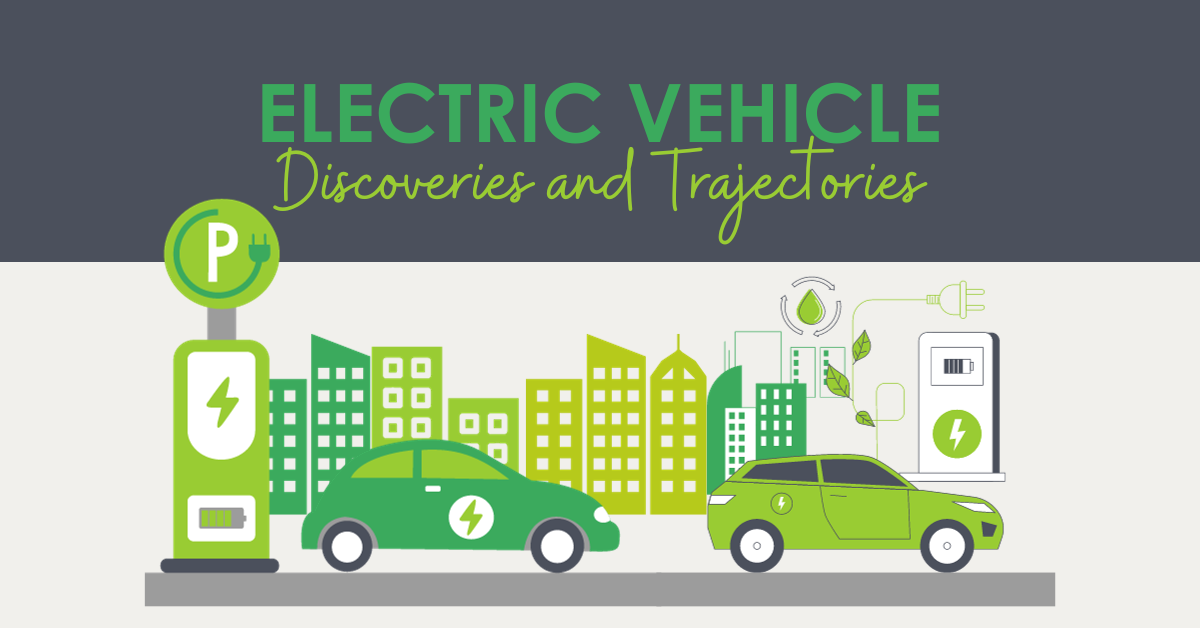
The depth of decarbonization will ride the line where the net of cost and convenience meets that of conventional alternatives. Polling from the University of Chicago indicates 38% of Americans are willing to chip in one (1) dollar per month to fight climate change, down fourteen percentage points from 2021 (presumably, that 14% are willing to pay nothing now). Or, as one Wall Street Journal article noted in November, “Someone has to pay for it, and shareholders and consumers decided this year it wouldn’t be them.”
For instance, I like to cut, split, stack, haul, and burn wood[1] for heat. It must burn hot to burn clean and prevent creosote, resulting in indoor temperature fluctuations most would not tolerate. What do I save? Maybe a few hundred bucks a year, which may translate to $5 per hour of my time invested. While it’s a hobby I enjoy, it would be a pain in the ass and a non-starter for 99.8% of the population.
Knowing the Market
Electric vehicles are a less extreme case of consumer choice. EV buyers include some combination of factors that work for them. The buyer’s use case may be conducive to EV ownership. For example, they need a commuter car and an errand runner, while the second vehicle is a gasser[2] for long hauls and weekend soccer and hockey tournaments. EVs are fast, resembling sports cars and luxury automobiles. Buyers may also like the status or perceived environmental benefits. These are all fine, but to get to 50% of sales by 2030, the combination of ownership and operating costs versus convenience tradeoffs, if any, must be better than the gasser for the average consumer who views an automobile as nothing more than a reliable, safe means of transportation.
Battery-electric vehicles and plug-in hybrids already represent the electric vehicle market. However, they make up less than 1% of vehicles on the road because the average age of vehicles on the road in the U.S. is 12.5 years, meaning the average life is at least 25 years. What is the average life of an EV? It’s the average life of the battery. Estimated battery lifetimes vary from about ten years to twenty years. Warning: I would not over-promise with this.
Range Fury
Speaking of over-promising, a peer-reviewed study distributed by SAE International indicated the average driving range for EVs was 12.5% shorter than EV EPA stickers indicate. Teslas had the most significant shortfall at 26% less range than advertised. The Ford F-150 went 230 miles compared to EPA’s 300-mile estimate, and the Chivy Bolt went 220 miles compared to its 259-mile estimate. Do these test results reflect the finding that the range is reduced by 25% in 20-degree weather?
Per The Wall Street Journal, “Dealers say that after selling an EV, they sometimes hear complaints about charging and the vehicles not always meeting their advertised range. ‘We have a steady number of clients that have attempted to or flat out returned their car.’ [one dealer quoted].” That sort of bad experience with inflated expectations will run like wildfire through everyone those folks know.
Sales and Inventories
The growth rate in EV sales is slowing from about 70% growth in 2022 v 2021 to an estimated 47% in 2023 v 2022 and 32% in 2024 v 2023. Unit sales have been flat month over month for the last half of 2023 while inventories piled up in dealer lots.
 Diversity Needed
Diversity Needed
The above chart doesn’t include direct-to-consumer Tesla. Tesla is to EVs as Kleenex is to tissues. Tesla still single-handedly dominates the market; more importantly, EVs are luxury vehicles. Tesla, plus the other luxury brands, not counting the Ford Mach E and F150, which could easily be categorized as luxury, account for 68% of sales. Barron’s reports that the market share of EVs in the luxury segment is 8X that in the non-luxury segment. Touché. The buyers of vanilla, safe, reliable transportation need something else, like the Chivy Volt, but larger than a lawn mower.
 Reliability and Maintenance
Reliability and Maintenance
Uh, oh. Speaking of reliability, Consumer Reports’ annual car reliability survey recently reported that EVs from the last three model years had 79% more problems than conventional cars. The survey covers twenty problem areas: engine, transmission, electric motors, leaks, and infotainment.
That report was delivered before Tesla recalled two million cars. Barron’s reports this eye-popper: “Over the past two years, major U.S. automakers have recalled some 46 million vehicles. About 15% are for Teslas, representing only 1% of all the light vehicles on U.S. roads.”
 Charge Time Experiment
Charge Time Experiment
According to Deloitte’s 2023 Global Automotive Consumer Study, 29% of Americans expect an EV to charge in 20 minutes or less. The Wall Street Journal reports the average charge time with a fast charger is 30 minutes. Ironically, 30 minutes is the point at which 50% of Americans expect a car to be fully charged, per Deloitte.
I crunched some numbers to determine the electric service (capacity in kilowatts or megawatts) needed at a convenience store for various charge times. A modern convenience store in our area averages around 16 gasoline pumping slots. What if we installed eight fast chargers? The simultaneous charging load would be as follows for each respective charge time. Calculations are based on a Tesla 3 Long Range battery. Eight simultaneously charging fast chargers would require 1.3 megawatts compared to a typical convenience store electric service of 150 kW[3].
 The Oracle Speaks
The Oracle Speaks
Before getting to this point, I said to myself when Warren Buffet installs fast chargers at his Flying J and Pilot truck stops, we know EVs have jumped the chasm. As luck would have it, I found that last summer, GM and Pilot will install 2,000 fast chargers at 500 Pilot and Flying J locations starting in 2023.
A Contest
For the last word, a contest. Guess how many chargers $7.5 billion in federal dollars allocated in the Bipartisan Infrastructure Bill were installed through November of 2023, two years after passage. Take your time.
Zero. No chargers. Nothing. …on the way to a goal of 500,000 chargers.
[1] A renewable resource.
[2] vehicle powered by a gasoline or diesel-fired internal combustion engine.
[3] Per my inspection and this report.

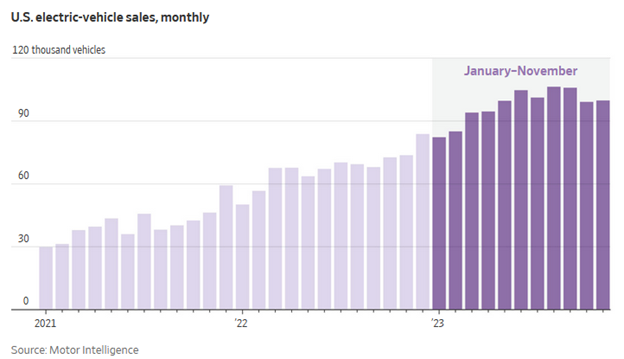
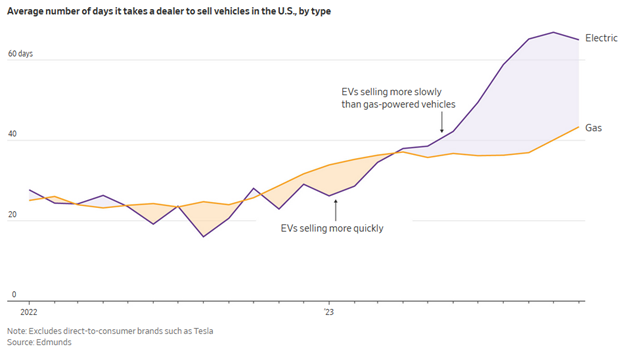 Diversity Needed
Diversity Needed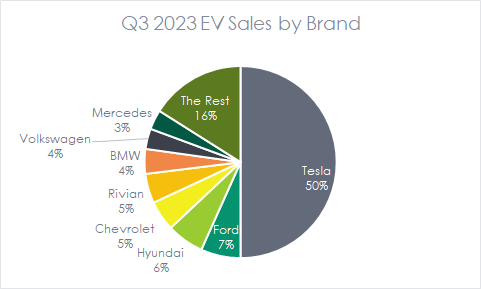
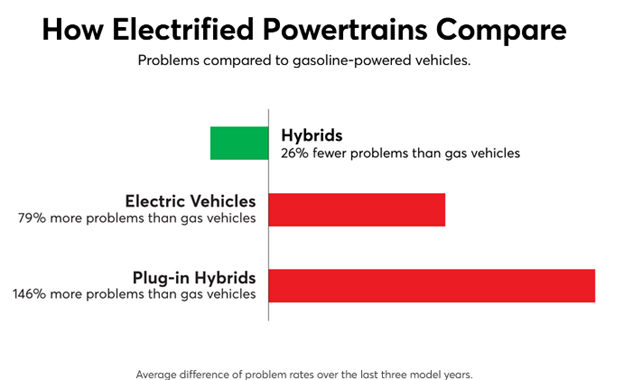 Charge Time Experiment
Charge Time Experiment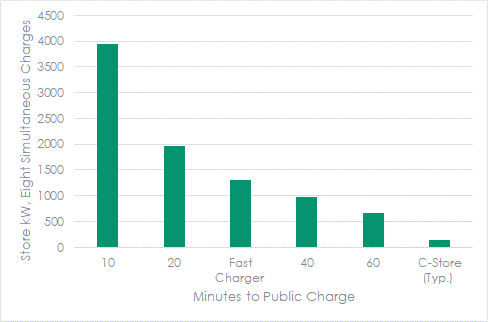 The Oracle Speaks
The Oracle Speaks